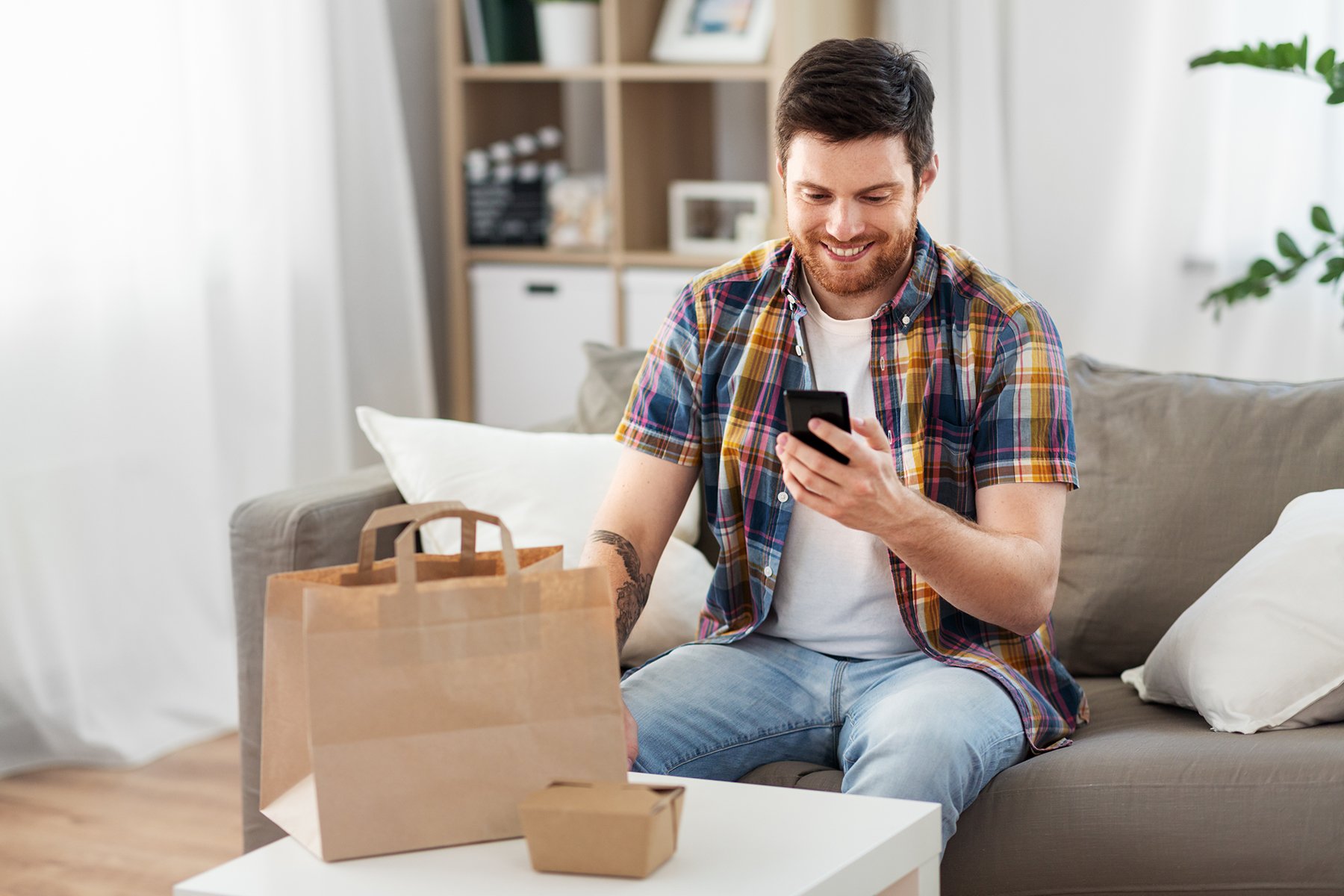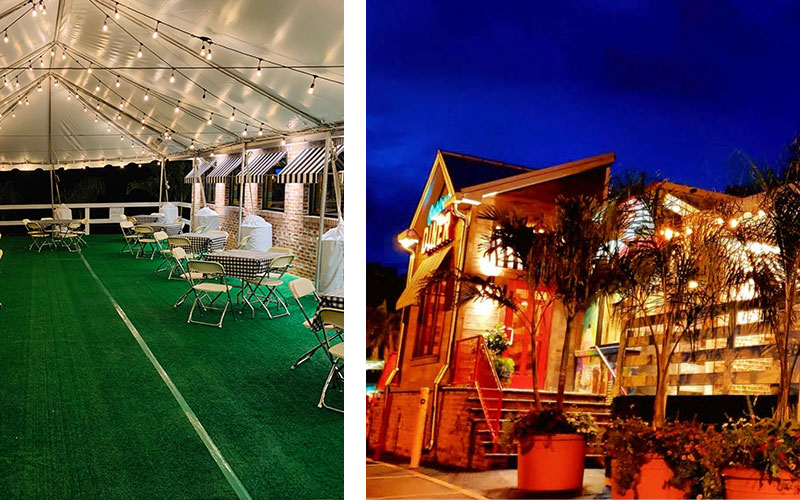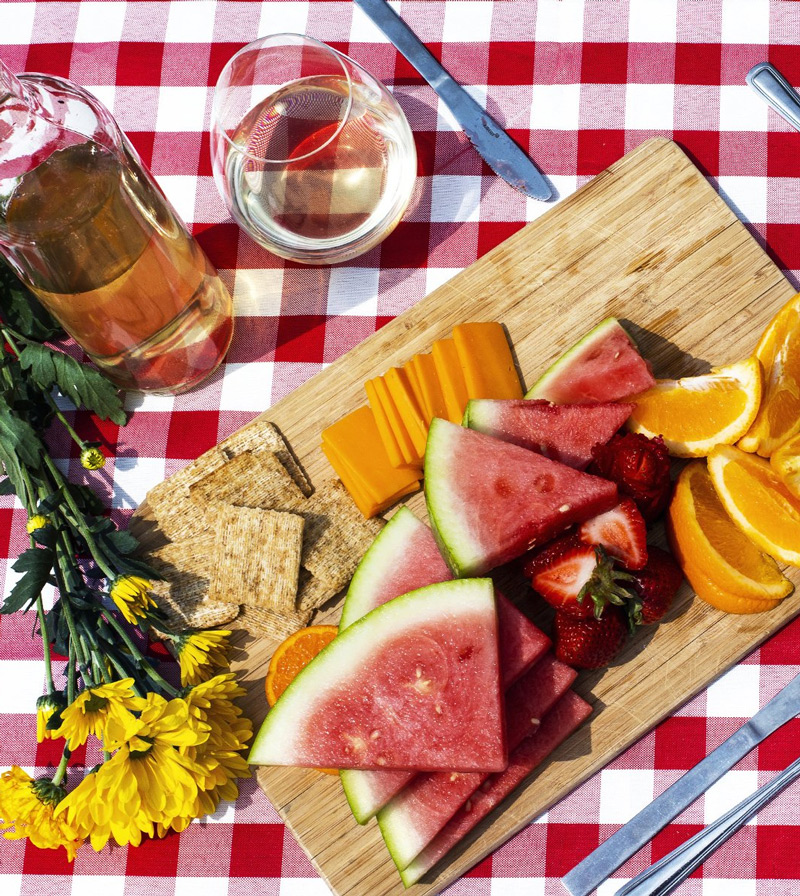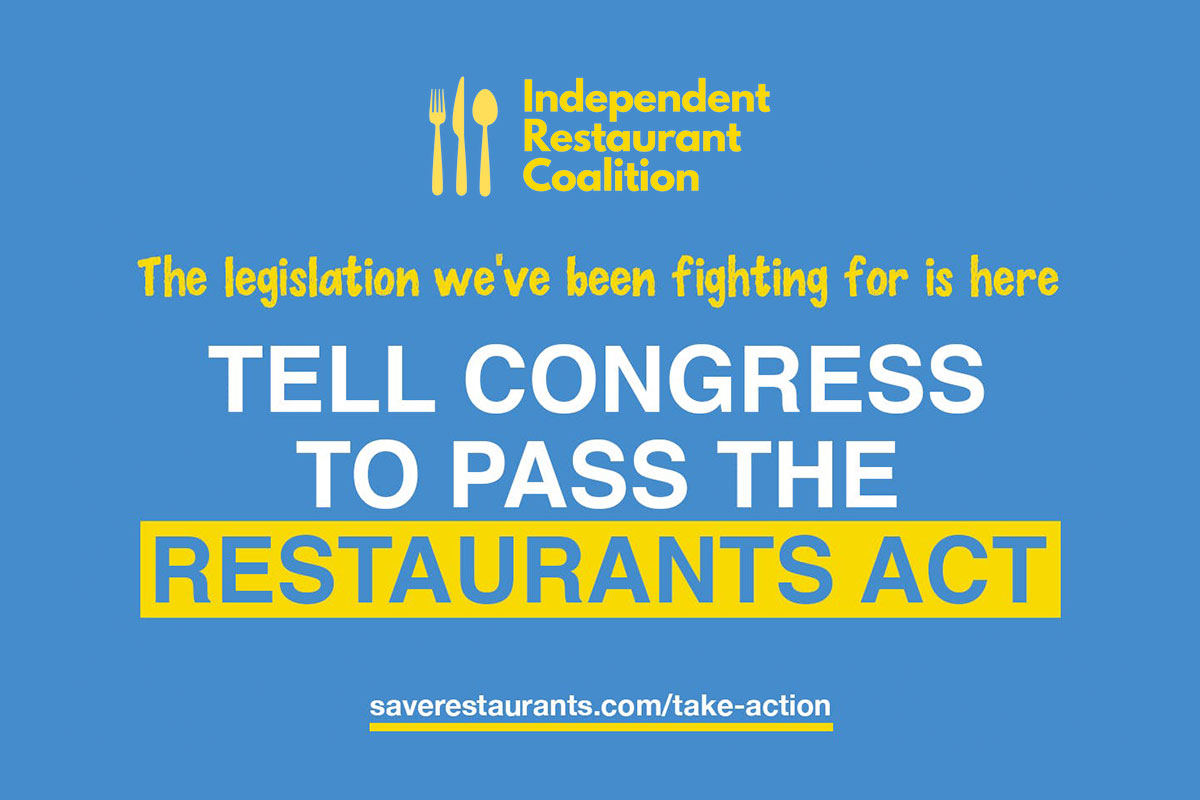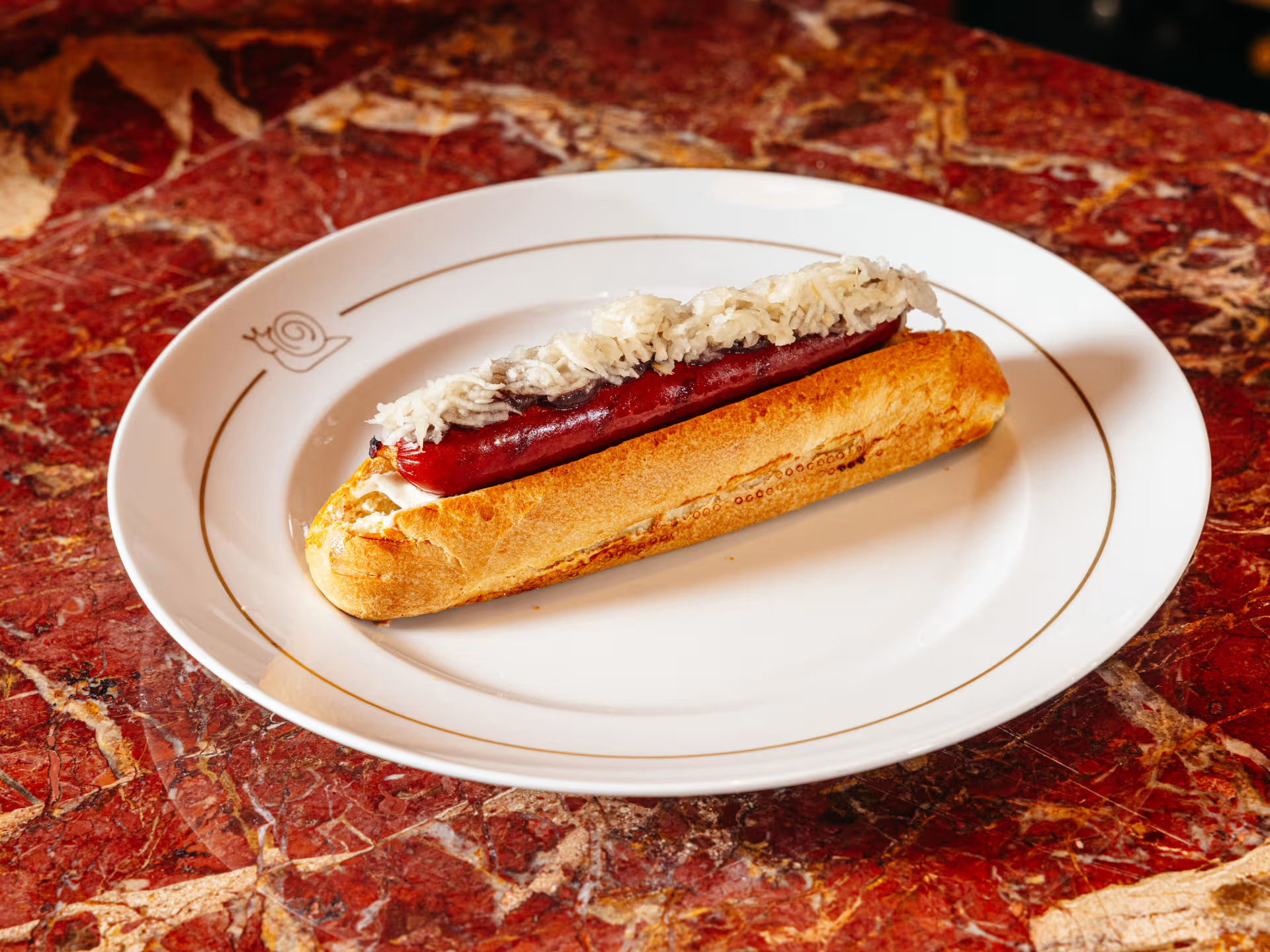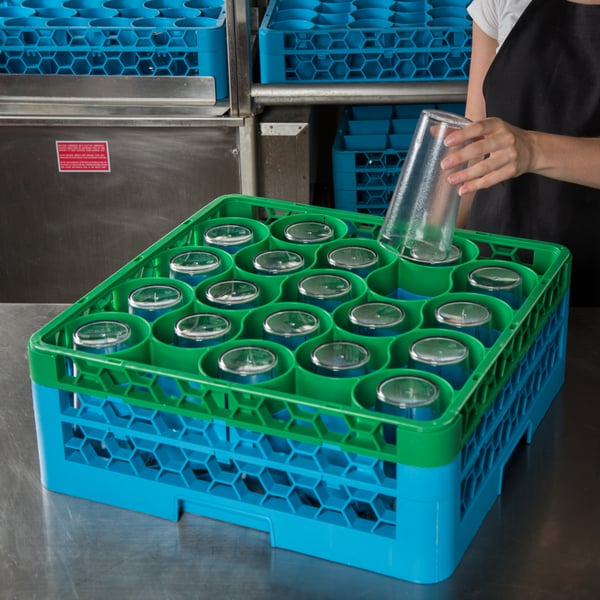For the restaurant industry, 2020 will forever be remembered as the year delivery became much more than a trend or a side option that some restaurants offered as means to reach whatever customers weren’t actually walking through the door.
Restrictions from COVID-19 hit hard and fast in March. The mandates curtailed all sit-down service and hamstrung restaurants by cutting off the dine-in pipeline. Suddenly, delivery services became a means by which eateries could weather the storm when “going out to eat” was taken off the table.
Perhaps the one positive gleaned from the situation is that when the pandemic halted dine-in services, there were many online and mobile ordering apps that were already well established in the industry.
Demand for online ordering has been growing steadily for many years. According to a study by Nation’s Restaurant News, 51 percent of Americans have used an online restaurant delivery service to purchase meals, while 26 percent make an online order at least once a week. In addition, the National Restaurant Association adds that 46 percent of adults—61 percent of millennials—say that the availability of takeout options via technology is an important factor when choosing restaurants.
Even before the pandemic made delivery indispensable, customers have come to expect food delivery to be accomplished through a few clicks on their smartphone and with minimal human interaction. As such, the online food delivery business skyrocketed to a net worth of $5 billion in the first two quarters of 2018, with experts predicting the market could reach as much as $365 billion by 2030.
What Is Online Ordering?
Before we go any further, perhaps it would be best to define what exactly we mean by “online ordering.” It refers to the technology that allows customers to place a food order—for either pick up or delivery—through a restaurant’s website or a third-party app. The ordering system collects the customer’s information and sends it to the restaurant, which then processes and fills the order.
These sites and apps include a payment system so that customers can pay through the service—it includes the cost of the food, taxes, fees, and delivery tip. Third-party apps charge the restaurants a certain percentage per order in order to be listed on the app (more on that later).
Click here to read how restaurants have added outdoor dining to help their bottom line!
Third-Party Online Ordering Apps
For the remainder of this blog, we want to focus strictly on those third-party online ordering apps that are so incredibly popular among customers today. These apps include well-known companies like Grubhub, Doordash, Postmates, Seamless and Uber Eats—as well as lesser known options like ChowNow and Slice, the latter of which focuses its attention on handling ordering and deliveries for independent pizzerias.
The benefit of opening your business up for delivery through third-party apps is simple: It can potentially give you thousands of new customers who might not have ever tried your food had they not seen you on one of these apps. Having your restaurant listed on one of these apps increases visibility, acting as an entirely new form of advertising for your establishment.
What’s more, the ability to ring up sales without having to worry about the status of “in-house” dining might be too good to pass up these days. As stated above, delivery sales were the difference between staying afloat and going out of business for many establishments since the pandemic.
The Cost of Third-Party Ordering Systems
If you helm a restaurant, chances are you’re well aware that these third-party apps do not come without a price. The fee structures for these apps are most often broken down into three categories: Set-up, transaction fees, and marketing services. And given that deliveries were a major lifeline during the pandemic, some restaurants have spoken out against these third-party apps for what they believe to be unscrupulous business practices.
The set-up fee usually consists of a one-time payment to get your restaurant up and running on the app’s map and to get your menu listed—though set ups don’t always cost money. On Grubhub’s FAQ page, it states, “It’s free to get listed on Grubhub. If we send you an order, we keep a marketing percentage. The higher the percentage, the more views your menu will get, and the more orders you’ll likely receive. If you opt for our delivery service, we also keep a percentage to cover the cost of delivery.”
That’s where the true cost of third-party delivery apps is typically felt. Most apps do charge a transaction fee—a percentage up to 30 or 40 percent of each order made through the app. These fees are usually higher in busy areas deemed to be “hot spots” by the app company.
Thankfully, city councils have stepped in to place a cap on these fees as restaurants struggle to survive during the pandemic. Just recently, the New York City Council announced that it would extend the emergency cap on fees until 90 days after restaurants are given the go ahead to operate indoor dining at full capacity.
Still, some restaurants are choosing to sidestep these fees entirely by building their own online ordering systems. Legendary NYC food institution Katz’s Deli did just that, launching its own delivery service in July to avoid paying paying fees that owners said “border on predatory.”
Even before the pandemic made delivery indispensable, customers have come to expect food delivery to be accomplished through a few clicks on their smartphone and with minimal human interaction.
Lesser-Known Third-Party Delivery Apps
Partnering with one of the major third-party apps might seem like the best option to help your restaurant to reach as many potential customers as possible. There are other options out there for eateries that don’t have their own delivery services, but also don’t necessarily want to hand over large percentages of their earnings.
Though not as widely available as apps like Grubhub, DoorDash, and the others, newer apps that focus on specific cuisines are making strides in the industry. Here are a few you might want to consider:
Chowbus
Chowbus focuses specifically on Asian food—but even more specifically, on truly authentic Asian food. While Chinese restaurants can certainly hop on the more popular delivery apps, the smaller establishments are either priced out or lost in the mix. Chowbus gives those special eateries a home by being particular about which restaurants they allow on the platform, while offering commission rates that are highly competitive. What’s more, Chowbus allows customers to order from multiple restaurants in one go, minimizing delivery fees. So, if you love the dim sum at one eatery, but really want the bubble tea from another, you can order both in one shot.
Slice
Formerly known as MyPizza, Slice is an online ordering app that focuses its efforts entirely on local, independent pizzerias. The company also rewards loyalty by making it easier for users to find their favorite pizza joints. Slice anchors users’ favorite pizzerias in the app, giving those establishments the top spots and making it easy to place orders with just a few taps. In addition, Slice caps its fees at $2.25 per order, giving pizzerias the chance to turn a profit from large orders. And since most pizzerias are naturally set up for takeout and delivery, Slice was an invaluable resource for pizza places during the pandemic.
EZ-Chow
EZ-Chow is based in Louisville, KY, and offers an alternative platform that integrates directly with a restaurant's point of sale system. The company was growing naturally before the pandemic, operating in 120 restaurant locations in more than 20 states, and added more than 30 additional locations within a week of the shutdown. In response to the pandemic, EZ Chow unveiled a scaled-down version of its main offering, allowing restaurants to list a limited menu for a reduced transaction fee, while also dramatically reducing its installation fee.
The Takeaway
It isn’t likely that demand for delivery will go away anytime soon. Even when indoor dining returns at full capacity, customers will always want a quick and easy delivery option that they can access through their smartphone. If building your own online delivery system on your restaurant’s website is too tall of an order, consider your options when it comes to third-party ordering and delivery systems.
